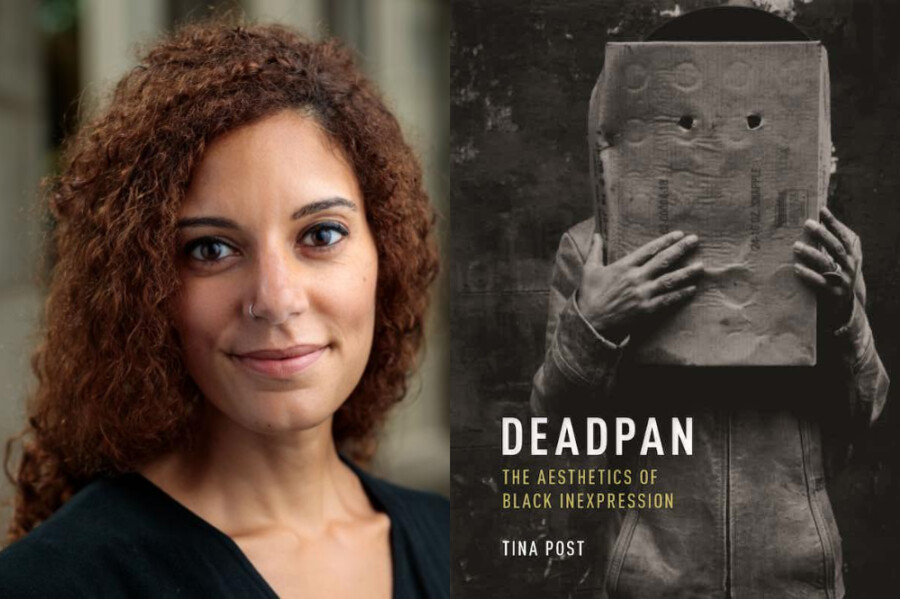Tina Post: Deadpan: The Aesthetics of Black Inexpression
@ Stony Island Arts Bank
6760 S Stony Island Ave, Chicago, IL 60649
Opening Friday, February 24th, at 7PM
Tina Post will discuss “Deadpan: The Aesthetics of Black Inexpression.”
This event will be held in person at the Stony Island Arts Bank. At this time, masks are optional.
About the book: Arguing that inexpression is a gesture that acquires distinctive meanings in concert with blackness, “Deadpan” tracks instances and meanings of deadpan—a vaudeville term meaning “dead face”—across literature, theater, visual and performance art, and the performance of self in everyday life.
Tina Post reveals that the performance of purposeful withholding is a critical tool in the work of black culture makers, intervening in the persistent framing of African American aesthetics as colorful, loud, humorous, and excessive. Beginning with the expressionless faces of mid-twentieth-century documentary photography and proceeding to early twenty-first-century drama, this project examines performances of blackness’s deadpan aesthetic within and beyond black embodiments, including Young Jean Lee’s “The Shipment” and Branden Jacobs-Jenkins’s “Neighbors,” as well as Buster Keaton’s signature character and Steve McQueen’s restitution of the former’s legacy within the continuum of Black cultural production.
Through this varied archive, Post reveals how deadpan aesthetics function in and between opacity and fugitivity, minimalism and saturation, excess and insensibility.
About the author: Tina Post is an assistant professor in the English Department at the University of Chicago.
Her work is preoccupied with racial performativity, especially (though not exclusively) the ways that black Americans perform racial identity. What modes of embodiment assert belonging or dis-belonging, and how? When do racialized subjects confirm and when do they subvert the expectations of their identitarian positions, and to what end? How do other factors of embodiment (gender, dis/ability, hybridity, and so forth) color these performances? She approaches such questions primarily through the lenses of affect and performance studies, using literature, visual culture, fine art, theater, and movement as examples and objects of study.
Official Website
More events on this date
Tags: Chicago, Deadpan: The Aesthetics of Black Inexpression, South Shore, Stony Island Arts Bank, Tina Post

« previous event
next event »